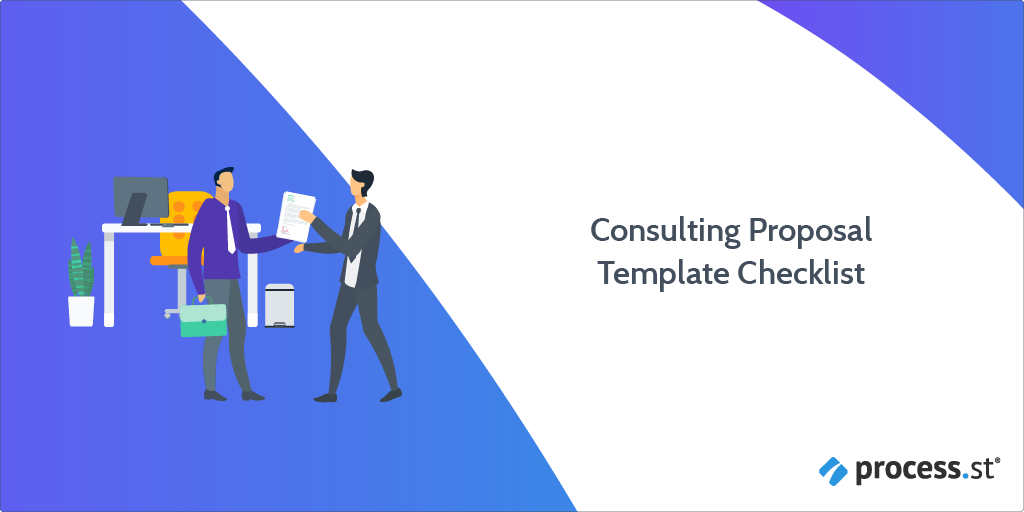A consulting proposal outlines the working relationship between the consultant and the client so that both parties can stay aligned and understand the other’s expectations.
It’s a document sent from a consultant to a prospective client describing a job they wish to take on and the conditions under which they will do so.
It's important to use this 'Consulting Proposal Template' checklist alongside the proposal document you wish to submit, to make sure you include all the required information.
As these types of proposals are usually submitted after the consultant and prospective client have discussed the job at length, make sure the proposal is personal and short. Use personalization wherever possible, and try to keep the document to two pages, max.
Process Street is super-powered checklists. It’s the easiest way to manage your recurring tasks, procedures, and workflows.
Create a checklist template and run individual checklists for each member of your team. You can check tasks off as you work through them, set deadlines, add approvals, assign tasks, and track each team member's progress.
You can also connect to thousands of Apps through Zapier and automate your workflows even more.







